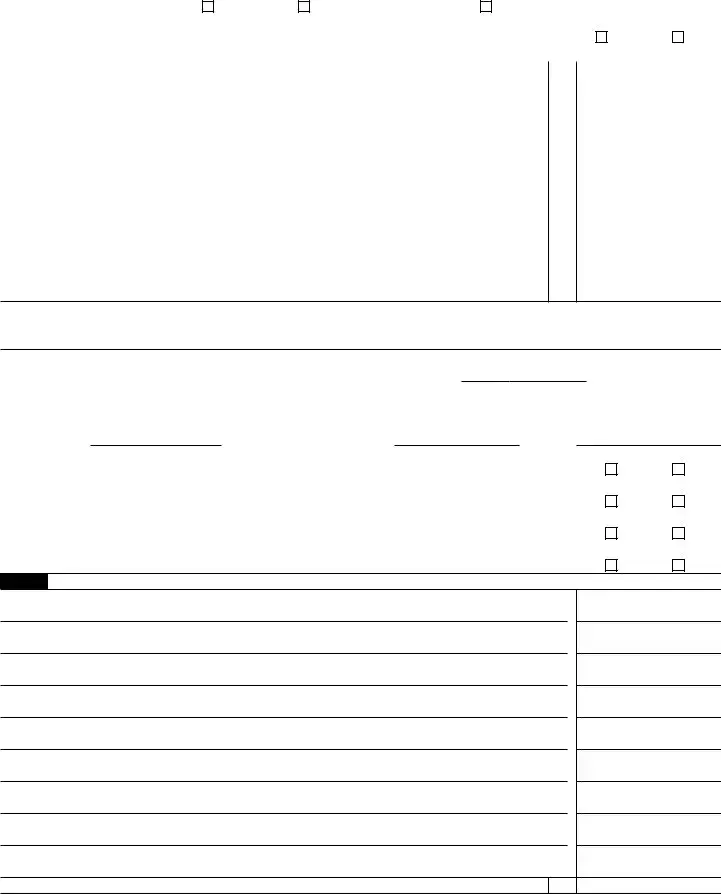What is IRS Schedule C?
IRS Schedule C is a form used by sole proprietors to report income or loss from a business they operate. It is included with your personal income tax return (Form 1040). This form helps the IRS understand your business earnings and expenses, ensuring you pay the correct amount of taxes.
Who needs to file Schedule C?
If you are a sole proprietor or provide services as an independent contractor, you will likely need to file Schedule C. This applies to anyone running their own business, whether it is full-time or part-time.
What information do I need to complete Schedule C?
To complete Schedule C, gather details about your business income, expenses, and other costs. You’ll need records of sales, invoices, and receipts, along with other financial information such as assets and depreciation. Accurate documentation is essential for reporting.
Can I deduct business expenses on Schedule C?
Yes, you can deduct ordinary and necessary business expenses on Schedule C. This includes costs like supplies, utilities, rent, and wages for employees. However, keep in mind that personal expenses are not deductible.
What qualifies as business income?
Business income includes money you earn from selling goods or services related to your business activities. This may also include interest, dividends, and other income related to your business operations.
How do I report my net profit or loss?
After calculating your total income and subtracting your expenses on Schedule C, the resulting amount is your net profit or loss. This figure is then reported on your Form 1040. If you showed a profit, it may be subject to self-employment tax.
Are there deadlines for filing Schedule C?
Yes, the deadline for filing Schedule C is typically the same as the deadline for your individual tax return, which is usually April 15. If you need more time, you can file for an extension, but additional forms may be required.
What should I do if I made changes to my Schedule C after filing?
If you realize that you need to make changes to your previously filed Schedule C, you must file an amended return using Form 1040-X. Ensure you provide accurate information for any corrections made.
Where can I find IRS Schedule C forms?
You can find IRS Schedule C forms on the IRS website. They offer downloadable versions of the form that you can print and fill out, or you may choose to use tax preparation software that includes the form electronically.







